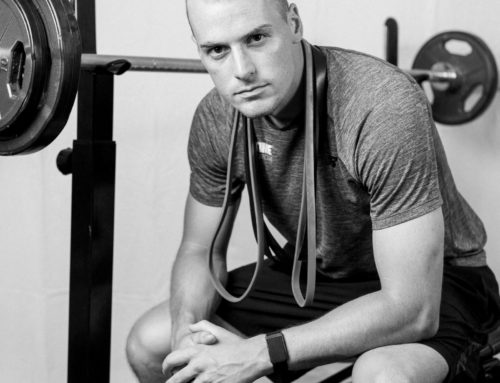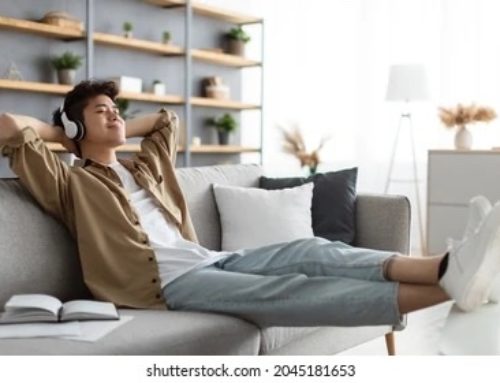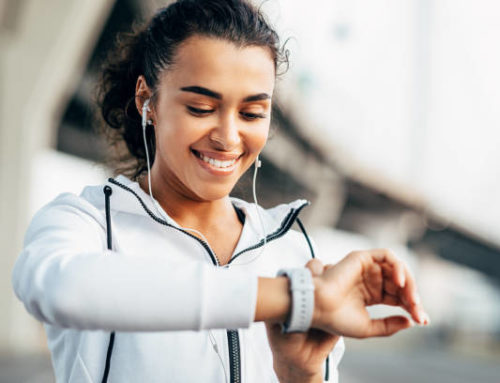The non-negotiable essentials I focus on when training athletes
Every summer I train a handful of athletes during their offseason as they try to get a leg up for the upcoming year in their respective sport. I have trained basketball players, soccer players, field hockey players, track athletes, rowing athletes, tennis players, golfers and even equestrians.
Although these sports are vastly different, there are core aspects of the training that remain surprisingly the same. Of course, I do vary the training based on the individual’s needs, tendencies, strengths, weaknesses and biomechanics but in terms of programing for the specific sport I don’t get too hokey with it. For example, if an equestrian athlete comes in for training, I am not renting a horse, setting up BOSU balls and having my equestrian athlete try a series of Circus Au Lait-style tricks. That certainly would be entertaining, but my job is not to set the athletes up for injuries, but to make sure they get stronger in their respective fields.
Basketball players get better at basketball by playing basketball. Tennis players get better at hitting tennis balls by hitting tennis balls. You get the picture. In my opinion there isn’t really such a thing as “sport specific” training in the gym. That doesn’t mean I won’t be doing rotational-based exercises with golf or tennis athletes, BUT the carryover of those exercises to the sport is where the magic happens. In other words, you have to practice applying your new strength and conditioning adaptations from the gym to the actual sport.
Mastering the Fundamentals
One of my main objectives when working with any athlete is to build a strong foundation that allows them to SUSTAIN the demands of their sport. That means I take the athletes through many of the same exercises that I use with the general population I train. Although the variations might be customized, we will still be hinging, squatting, pushing and pulling. We will be building a solid foundation from the ground up by mastering some fundamental movement patterns. Just as with all my trainees, I wouldn’t start them off with a complex workout that has a high learning curve on day one.
I’ve just said that an athlete improves by playing more of their sport, but there’s another important aspect to that. If a basketball player has games, practices, and sport specific skill training on the court during the summer then I am not going to incorporate MORE cutting, jumping and running into the athletes strength training program because I know they will be getting enough of that in when they play their sport. There needs to be a balance of the energy systems that the athlete is displaying and too much of one could be harmful.
The strength training will ENHANCE the jumping, cutting and running on the court, not take away from it. If we get strong in the gym then athletes will be better suited to meet the demands on the court, track or field.
Unilateral Training
In addition to mastering the fundamentals, another non-negotiable in athletic training is unilateral strength training. That is, training one leg or one arm at a time. Basketball players and sprinters don’t hop down the court or track with two feet; therefore we have to train the legs separately. Ankle stability is one of the most important aspects of ground sports and single leg strength training is a great way to work on ankle stability. You can expect both single leg knee dominant exercises (think lunge variations and split squat variations) AND single leg hip dominant variations (think single leg deadlifts, bridges, hip thrusts) in my programs.
I also have the athletes work in all three planes of motion once they are competent in the sagittal plane (forward/backwards/up/down). That means they will be doing rotational based exercises and exercises that have them moving laterally. In sports change of direction and moving in all three planes of motion is essential; if they can become stronger in those planes in the gym then they can practice applying the carry over when they play their sport.
In Conclusion
Athletes can certainly become stronger, more stable and more explosive during their offseason but they have to continue to practice their sport in order to experience the carry over from the gym to the sport.
There’s no need for excess exercises that are not conducive to the athlete’s goals. Just because an exercise looks cool or looks “sports specific” does not necessarily mean it will add to the athletes overall performance.
Building a strong foundation by performing well-executed staple exercises is the way to go when working with athletes. I want the athletes to be set up for long term success, and to enjoy their career, whether it ends in high school or extends into the collegiate or pro realm. The right kind of strength training can assist in sustaining the demands of their specific sports.



